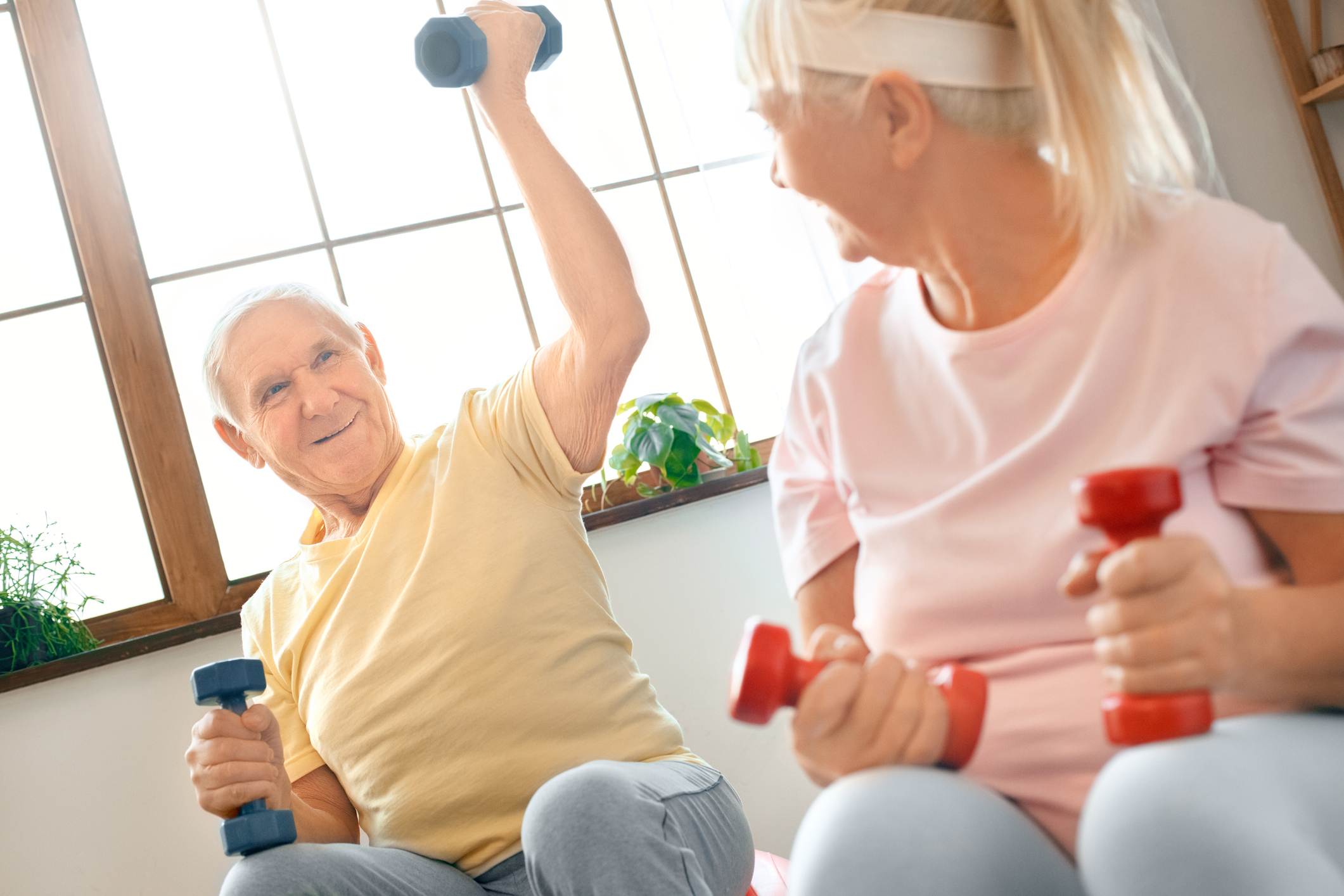As we age, it becomes harder to regain lost muscle strength and stamina; anyone recovering from an injury or illness knows you must “use it or lose it” when it comes to physical function. For those with an underlying movement disorder like Parkinson’s disease, an exercise program is an important component of a care plan to promote independent living.
Recent studies have found that exercise programs prescribed by a physiotherapist can improve performance in balance-related activities and walking speed among adults with mild to severe Parkinson’s. Continuing exercise programs outside of a clinical setting over the long term can help adults improve and retain their ability to walk as well as range of motion and strength.
With a greater ability to carry out tasks of everyday living, people living with Parkinson’s can experience a better quality of life. Although clinics may have reopened for therapy appointments, telehealth and home-based exercise programs are a good alternative to help patients with PD manage their symptoms.
Parkinson’s disease affects more than 6 million people worldwide and as the older adult population grows, that number is expected to double over the next 20 years. The neurological disorder causes tremors, muscle stiffness, and problems with balance, movement, and posture. Adults living with Parkinson’s have an increased risk for falls leading to injury and although there is no cure, medication and physical therapy can help patients manage their symptoms and possibly slow the progression of the disease.
As always, talk first with your doctor before starting any new exercise program. Your primary care physician may refer you to a physiotherapist to develop a personally tailored exercise regime. By finding an activity that you enjoy, whether it’s Tai Chi, dancing, or cycling, you are more likely to stick with it over the long term. Learn more about the role exercise plays in the management of Parkinson’s by following this link to the Parkinson Society of Canada.






Add Your Voice
0 Comments
Join the Discussion